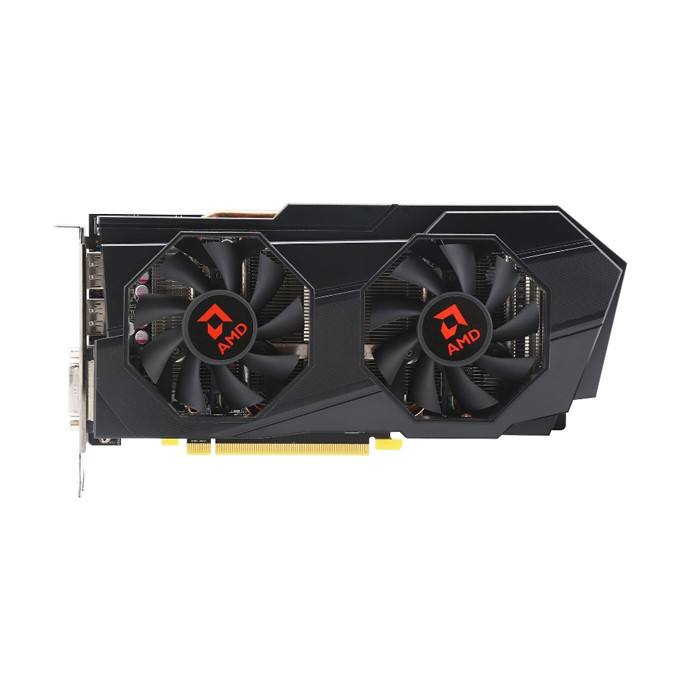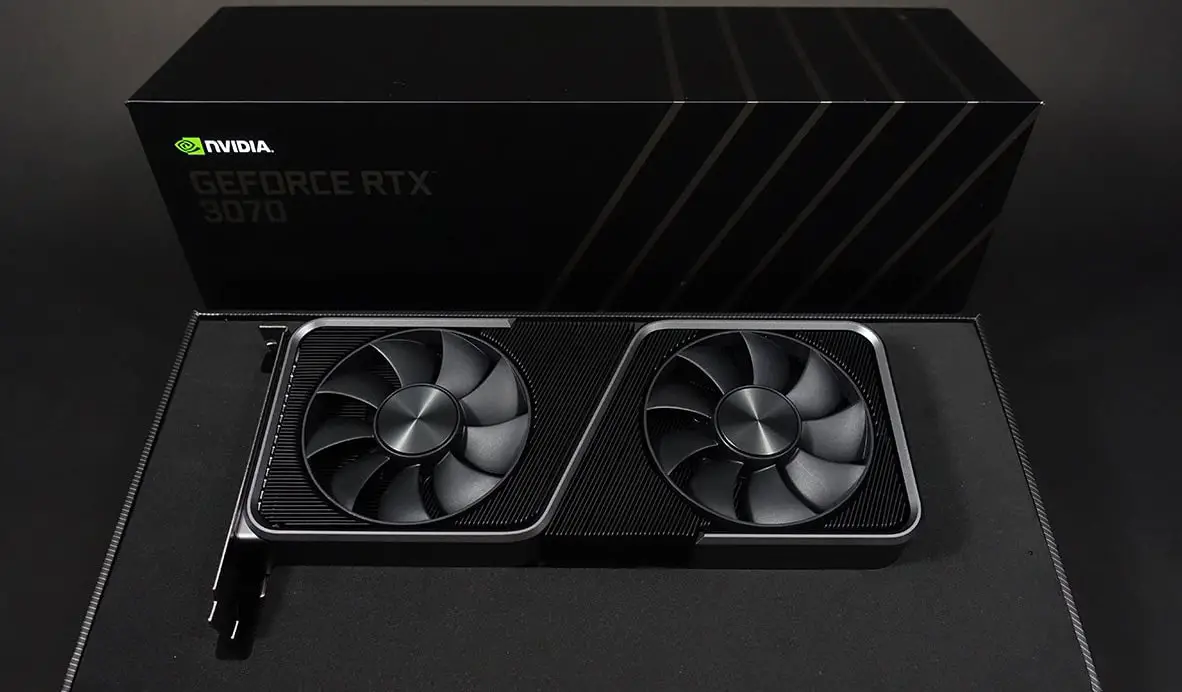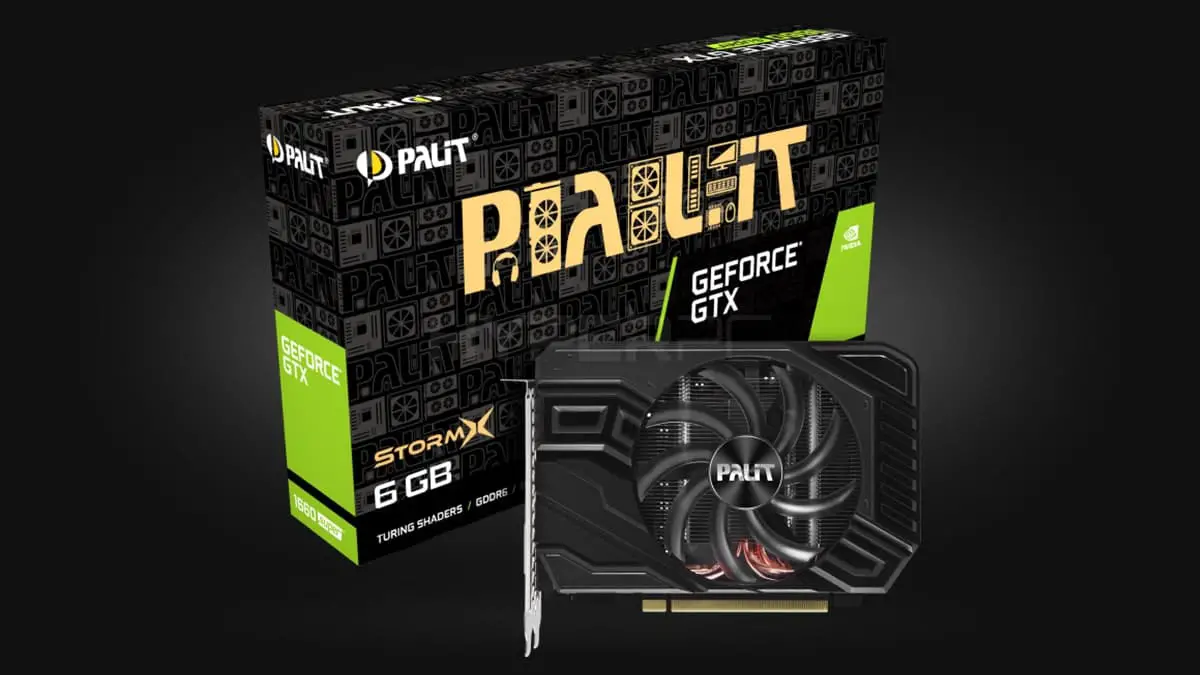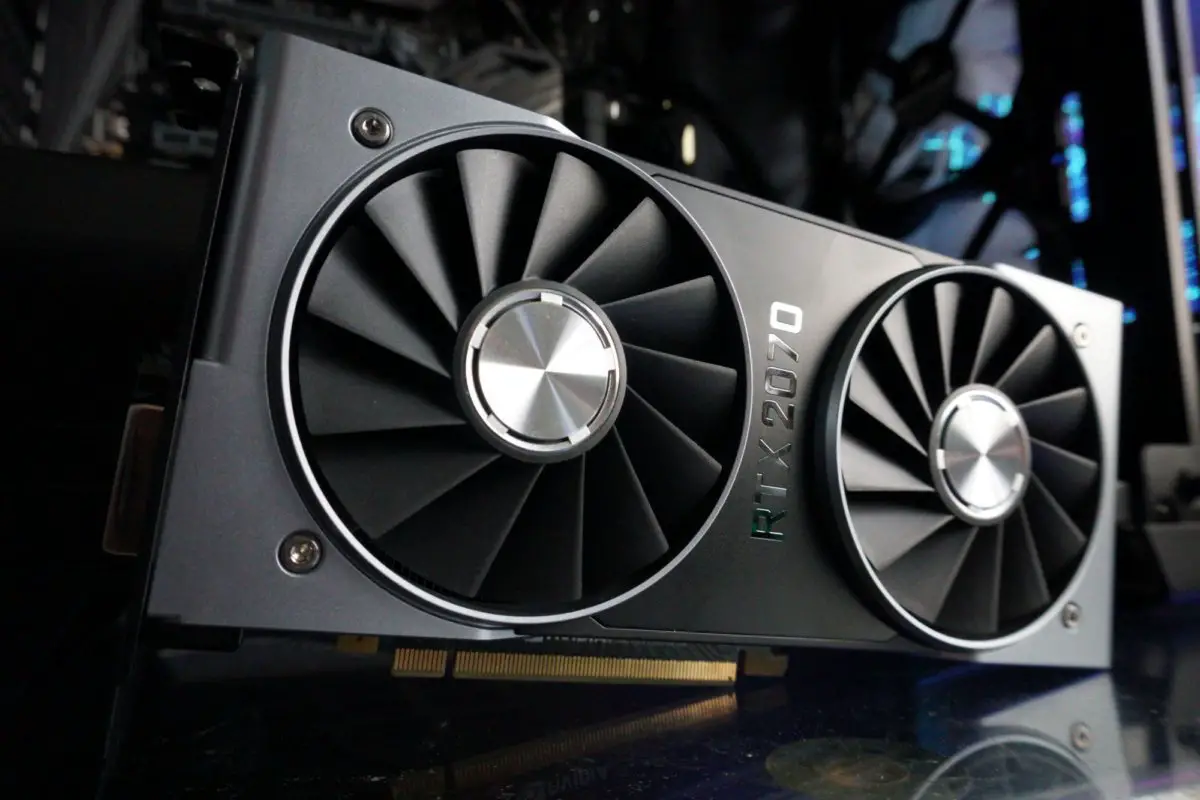Buying used video cards in China: RX 560 Hoshin | Musicoin | Profit: Good afternoon friends. Since new video cards are becoming the lot of the elite due to the rise in prices, I decided to resort to the services of a well-known Chinese site. But I have not outsmarted myself, you will find out under the cut.
My choice fell on the Radeon RX 560. The package from China came quickly, for which we thank the seller. Of course, I disassembled the card and checked for traces of flux, or other hints that the video chip was “warmed up”. Fortunately, no traces of warming up were found. And I happily started checking the map. But the happiness did not last long. After about half an hour of the game, the computer freezes and the only thing that saves is the restart button.
What happened? The first odd thing I noticed, but did not attach any importance to, was that GPU-Z identified the card as Saphire, but in fact it was a card made by XFX. That is, the seller replaced the BIOS on the card with new work parameters that do not suit her at all. The video card is not overclocked correctly.
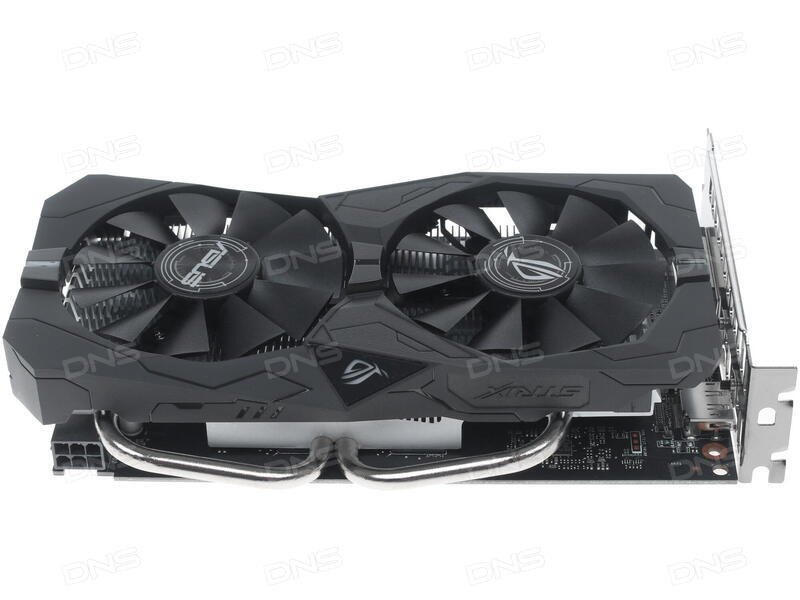
After examining the video card from all sides, I found the code “RX-560P45V” on it, which led me to the Chinese version of the XFX site where I found my video card. The parameters of this video card are significantly different from mine:
Core frequency: 1196 MHz on my 1300 MHz
Memory clock 1500 MHz (6000 MHz) on my 1750 MHz (7000 MHz)
Number of shaders: 896 on my 1024
But even though I found out that the video card was overclocked a lot. What to do next? The original BIOS for the video card cannot be downloaded. To solve this problem, you need a whole set of programs:
- MSI Afterburner – With this program, you can set the core frequency and video memory frequency to find the optimal value at which the video card remains stable. In addition, the program allows you to display the parameters of the video card, such as the temperature, the degree of loading, etc.
- GPU-Z – This program will allow you to see the parameters of your card, as well as save the BIOS to disk.
- PolarisBiosEditor – Allows you to edit the BIOS of the video card
- Atiflash – Allows you to flash BIOS to a video card.
Procedure:
Using MSI Afterburner, we set the values of the core frequency and memory frequency, and check these values for stability. It is better to use some kind of game for testing. For example, I used Death stranding (during testing, I managed to pass it). Why didn’t I use Cyberpunk 2077 for this? Because the game is replete with bugs, for example, it will freeze, I think because of the video card, but in fact it should be so. I started with the values I found out on the XFX website and raised the core frequency to 1250 MHz. I did not overclock the memory, since this video card model does not provide for any cooling for the memory. Thus, we have 1250 in the core and 1500 (6000) in memory (memory transmits data four times per clock cycle, so its frequency is multiplied by 4.)
After we have found the optimal values, we need to flash these parameters into the BIOS. It should be recalled that you do all operations with the bios at your own peril and risk. And to be faithful, you need to have a processor with a built-in video card so that you can boot from it and flash the original BIOS.
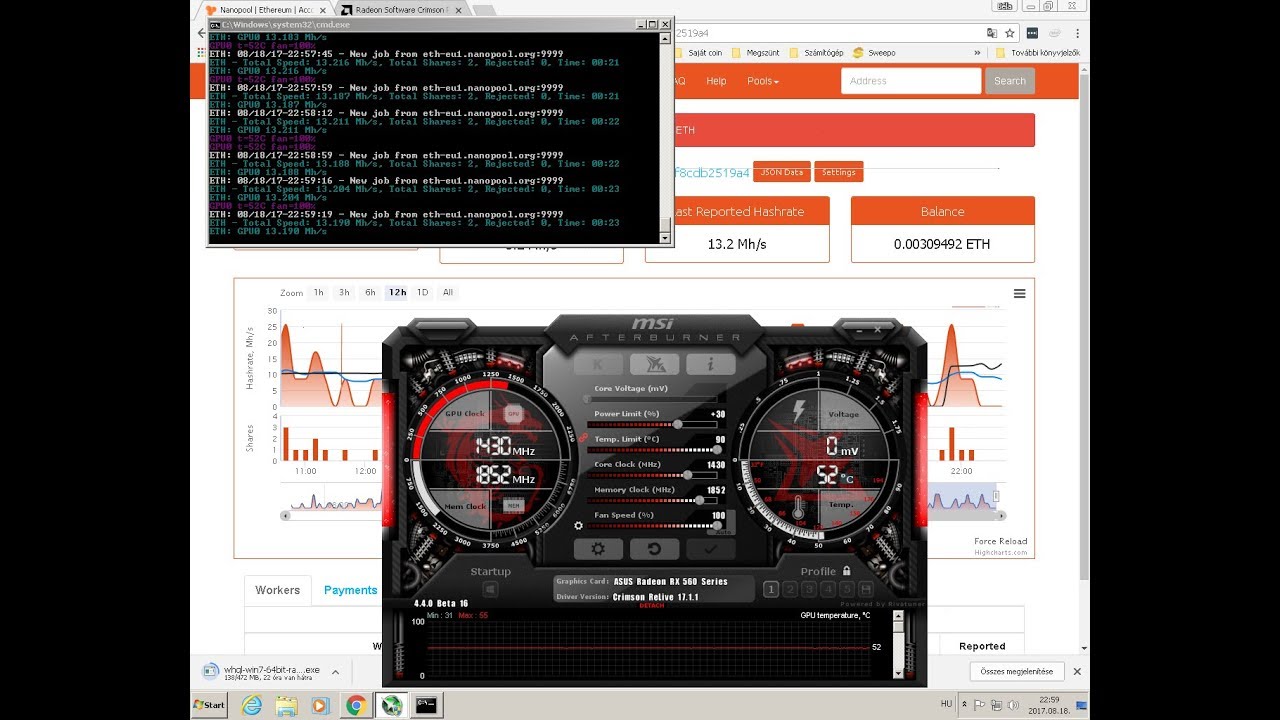
Using GPU-Z, we save the BIOS of your card to disk (be sure to save a copy so that you can fill it back in in case of an unsuccessful video card firmware). Using PolarisBiosEditor, we change the values of the memory frequency and core frequency to those that we found in the previous step. It is worth noting the “Acoustic Limit” parameter, which is the core frequency at which the cooler starts to work. In my case, this parameter was set to 1300 MHz. That is, the cooler started working when the video card reached 1300 MHz. But when lowering the core frequency, the video card never reached 1300 MHz and the cooler never worked. So I changed this value to 1100 MHz. This fact must be taken into account when searching for optimal frequencies, because even at a frequency of 1299 MHz, the cooler no longer works.
Flashing the BIOS using Atiflash. And we are happy with the result.
Conclusion: When you buy a used video card, there is a danger of running into an already overclocked video card, and an incorrectly overclocked one. But there is a silver lining, and in the version that I bought, all 1024 shaders are unlocked.
While the original has only 896. I’m happy with the purchase.
Here is my bios with frequencies (1250/1500). BIOS





